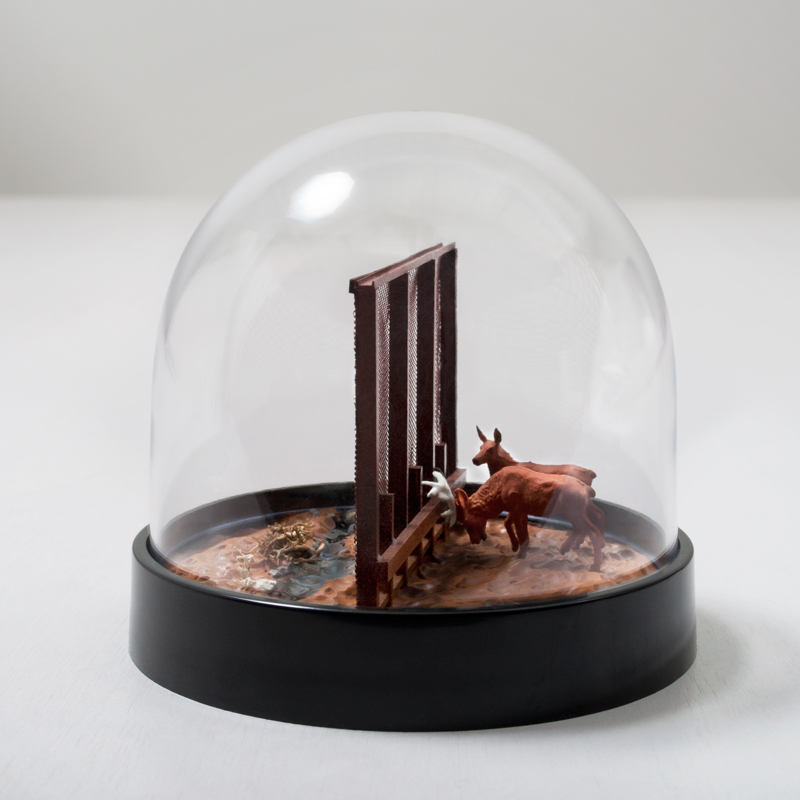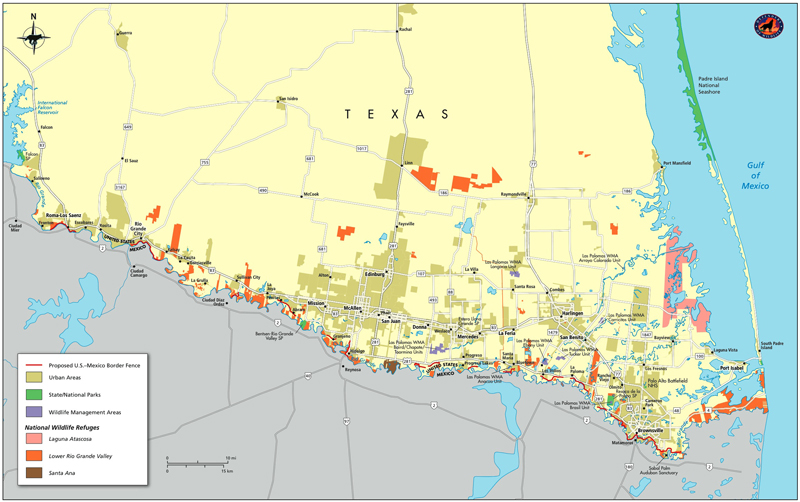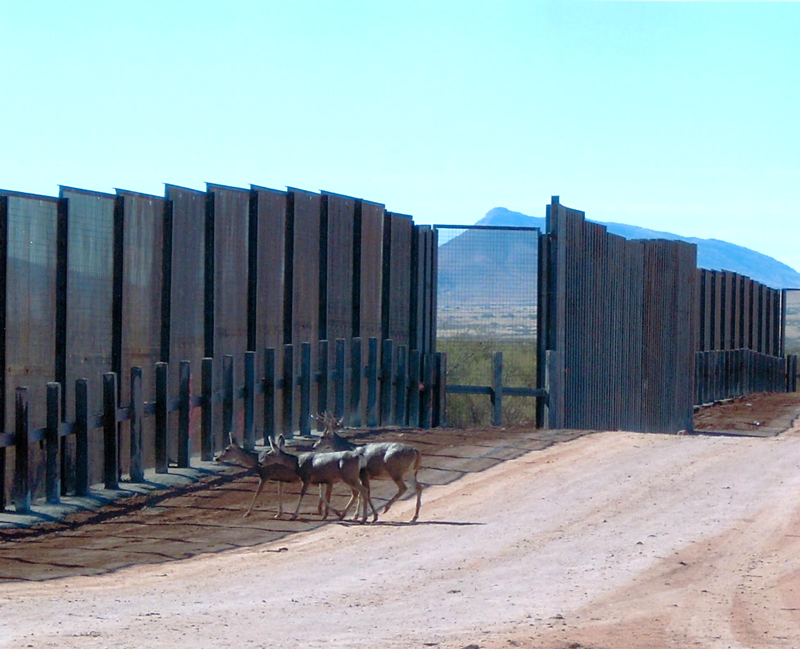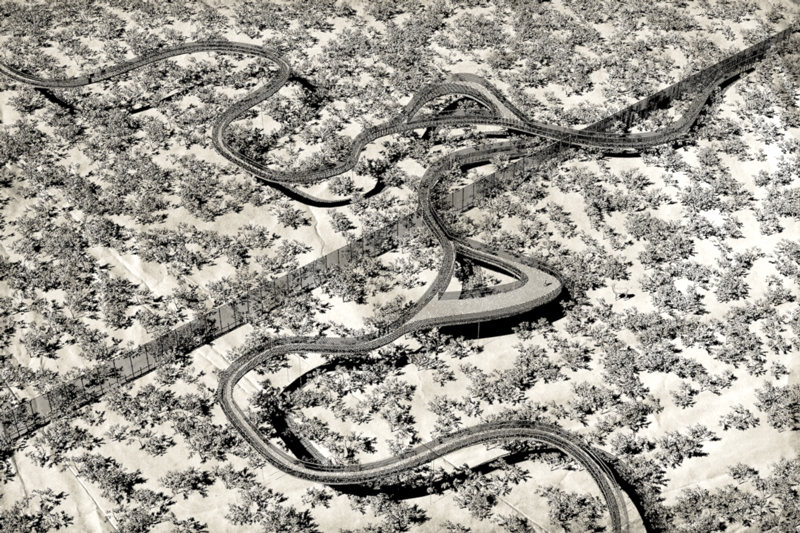The Border Wall, existing and proposed, cuts through countless wildlife and nature reserves. The borderland between the U.S. and Mexico includes grasslands, mountains and desert habitats that support a diverse range of wildlife. The Lower Rio Grande Valley alone hosts 17 endangered or threatened species. Ensuring the free movement of critically endangered species between Mexico and the U.S. will have important impacts on breeding and genetic diversity for those animals. The biggest concern is that the barrier will break small populations of animals into even smaller groups resulting in fewer animals interacting. The wall could ultimately threaten entire species.
The key is to have gaps in the fence that are sufficient to allow passage of animals while at the same time meeting security needs. A Wildlife Wall would contain special openings that allow for the passage of wildlife, and would create opportunities for shelter and safe nesting spots. It would also allow for people from each country to experience nature on both sides of the wall.
Imagine a wall in the South Rio Grande region, that like the river, avulses through the landscape. Wildlife refuge visitors from both sides, would have the opportunity to meander on both sides of the wall, while being themselves in their own cage—inverting the notion of the zoo.



